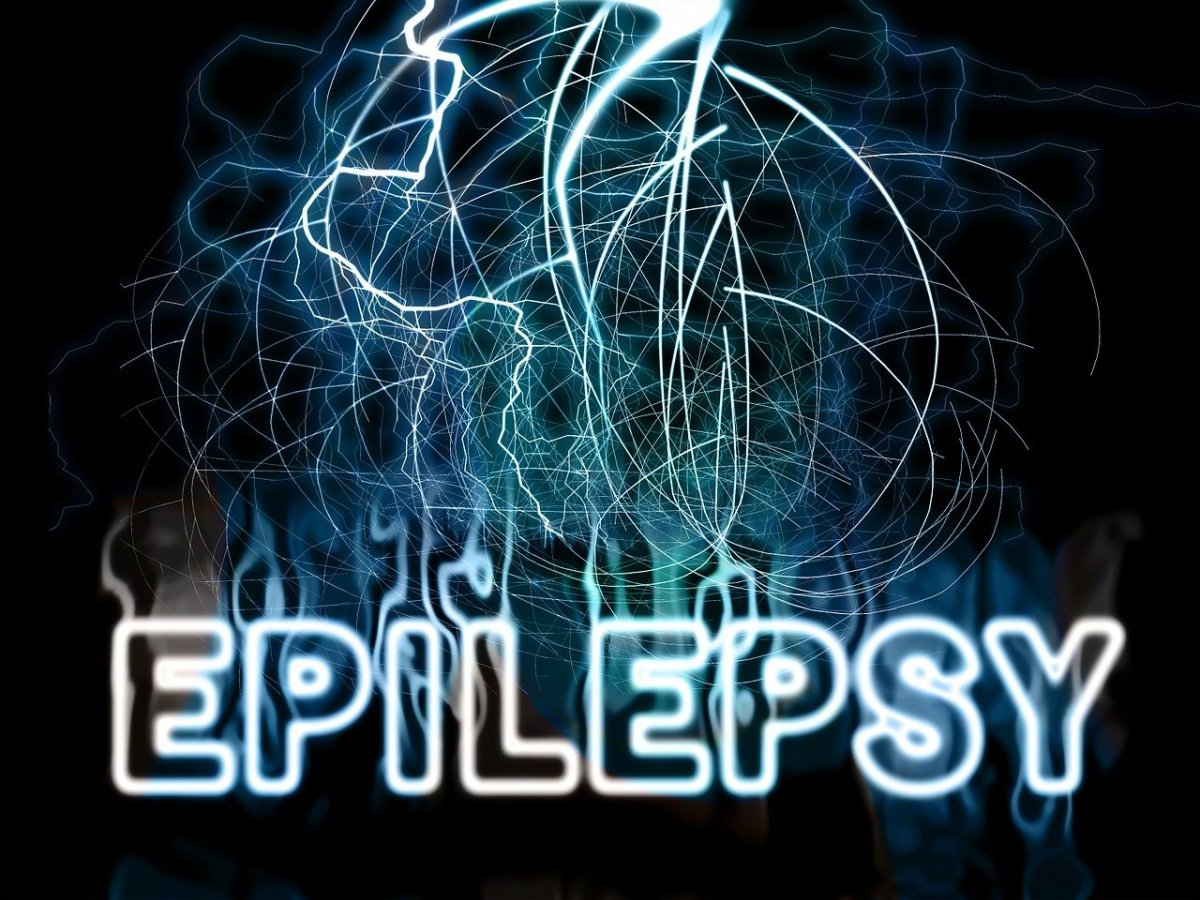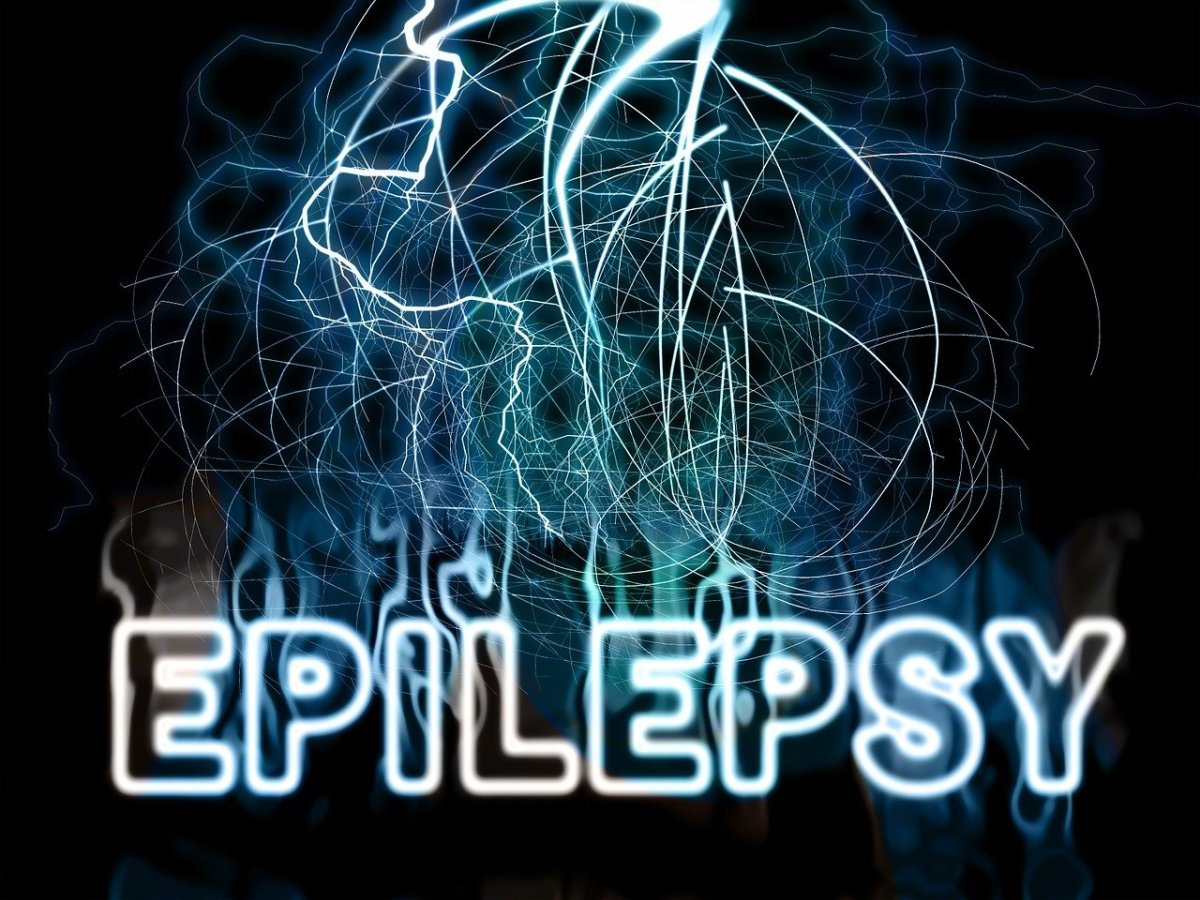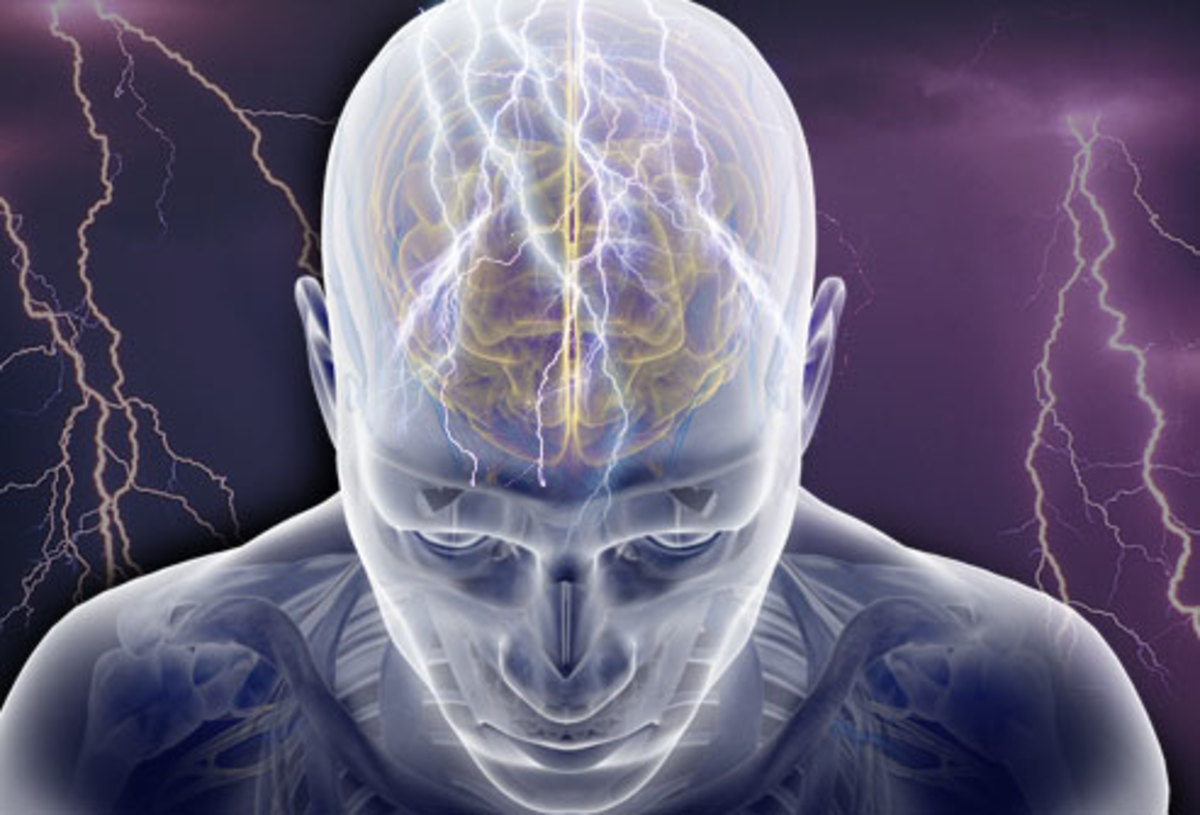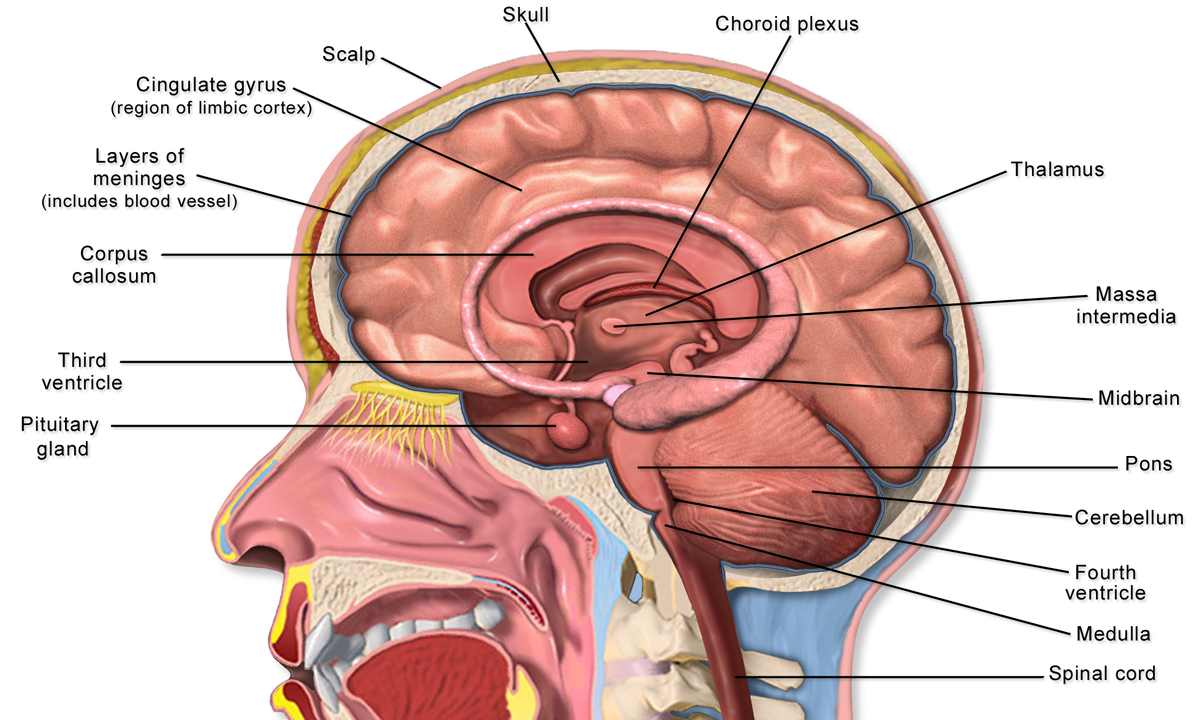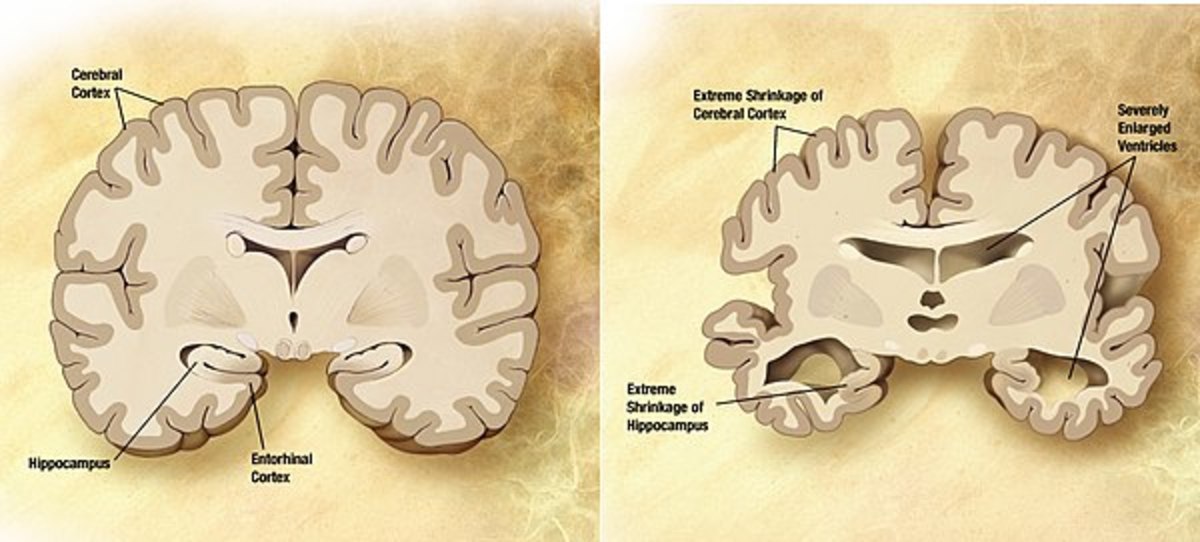The Basic Facts and Figures about Epilepsy and Seizures
Epilepsy: What is it?
Epilepsy is classified as a chronic neurological disorder characterized by repetitive seizures. Recurring seizures are caused by disruptions in the brain's nerve cell activity. These disruptions can result in seizures, odd behavior, strange sensations, and in some cases blackouts or loss of consciousness. Epilepsy covers a large spectrum of brain disorders that range from benign and minor to severe and life-threatening or disabling.
Epilepsy: Statistics
It's estimated that approximately 1 in 26 people have or will develop some type of seizure disorder. Almost 10 percent of people are at risk for experiencing a single, unfounded seizure in their lifetime. A single seizure doesn't constitute epilepsy. Some seizures occur only once in a lifetime and can be caused by a variety of health conditions, including high fever, stress, or unknown causes. More than one unprovoked seizure may be classified as epilepsy by a physician, or neurologist.
The Human Brain
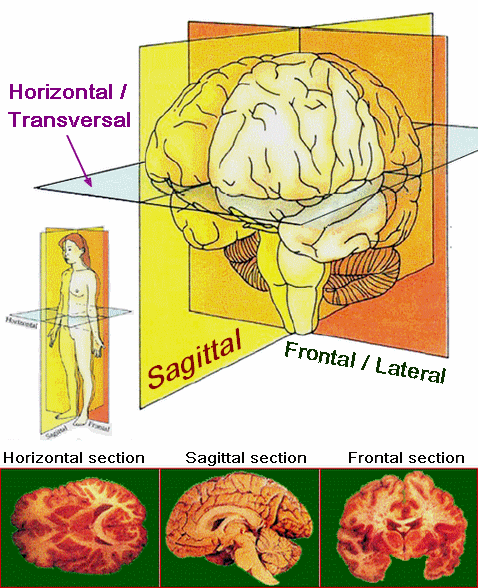
Epilepsy: Symptoms
Since epilepsy deals with the central nervous system, a variety of symptoms may present during seizure activity. Here are some of the signs of epilepsy.
- Blank stare
- Repetitive blinking
- Confusion
- Jerky movements, especially in the limbs
- Strange sensations in various parts of the body
- Auras (sensations mostly in the head)
- Blackout - loss of consciousness
- Guttural sounds or crying out
- Rhythmic movements of the limbs
- Noisy breathing or breathing sounds
Brain & the Central Nervous System
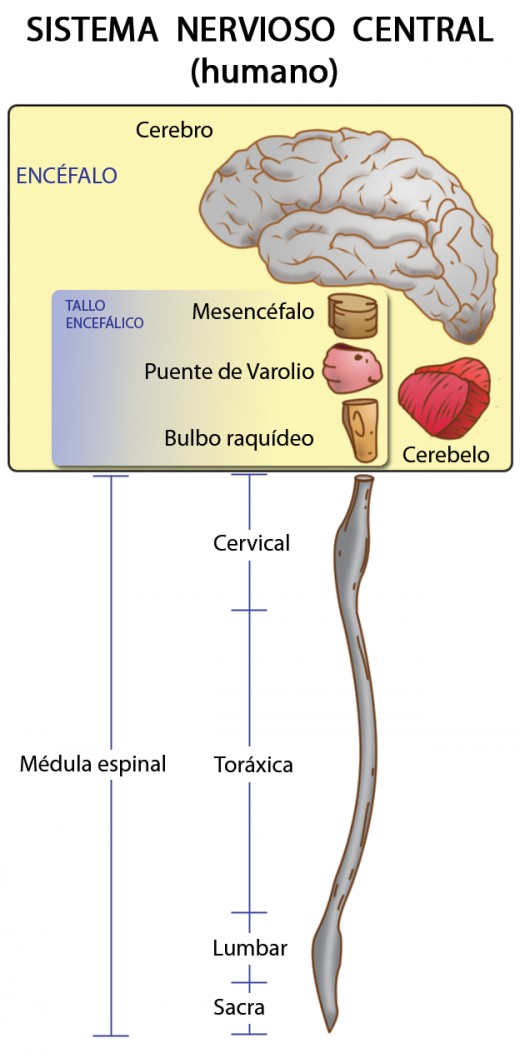
Epilepsy: Descriptions
- Absence Seizures – Lack of awareness or moments of staring that are brief and often go unnoticed for months to years
- Atonic Seizures – Also referred to as drop seizures or attacks where the person suddenly experiences lack of muscle strength
- Clonic Seizures – Clonic seizures involve involuntary muscle contraction and relaxation – repetitive jerking
- Myoclonic Seizures – Similar to clonic seizures, but lasting only a second or two
- Tonic Seizures – Stiffening of the muscles lasting no more than about 20 seconds that more often occur during sleep, but can occur in a conscious state
- Tonic-Clonic Seizures – An older term used for tonic-clonic seizures is grand mal seizures – a combination of tonic and clonic seizures – seizures may last up to three minutes
- Simple Partial Seizure – Changes in motor or sensory movements – jerking, inability to speak, numbness, sensations, floating, spinning, hallucinations, distortions, and other odd neurological issues – autonomic seizures control bodily functions and may cause changes in heart rate, breathing problems, sweating, or sensations in the chest, head, or stomach – psychic seizures cause a change in how a person feels, thinks, or experience things
- Complex Partial Seizures – Usually involve the frontal or temporal lobe only and result in lack of awareness where the person appears to be daydreaming – blank stares, picking or other purposeless actions, screaming, crying, abnormal behavior, or dangerous behavior may occur during a complex partial seizure
- Secondary Generalized Seizures – Seizures that are generalized to almost all or all of the brain, both sides of the brain after a partial seizure has started
- Febrile Seizures – High fevers cause febrile seizures in children from 3 months to 5-6 years old – these do not usually mean the child has epilepsy
- Refractory Seizures – Not controlled with medications – drug-resistant seizures
There are newer, more modern terms used for seizures and epilepsy that will be discussed in other hubs.
Epilepsy: Diagnosis
• Diagnosing epilepsy or seizure disorders involves a number of various tests that will vary depending on the symptoms.
• Neurological exams are the first tests performed to check for motor abilities, behavior, mental functions, and other factors that help determine the type seizures or epilepsy a person has.
• Blood tests are often taken to check for infection, genetics, and any other condition that could be associated with seizures.
• The EEG (Electroencephalogram) is one of the most common tests for diagnosing epilepsy. Electrodes are attached to the scalp as your electrical brain activity is recorded. It’s similar to an EKG where they monitor the heart.
• CT scans (computerized tomography) are X-rays that allow doctors to look at sections of the brain and look for tumors, cysts, bleeding, or other abnormalities.
• MRI (magnetic resonance imaging) testing uses radio waves and magnets to allow doctors to get a very detailed view of the brain. It’s used to check for lesions and abnormalities not detected by CT scans.
• PET (positron emission tomography) scans involve using small amounts of a low-dose radioactive material that is injected into the bloodstream to detect abnormalities and active or inactive areas of the brain.
• SPECT (single-photon emission computerized tomography) testing is used if nothing is found on EEG or MRI tests. It creates a 3D map of the blood flow in the brain during seizures. A low-dose radioactive material is used in this test, just like PET scans, to track blood flow.
Epilepsy: Treatment
The options for treating epilepsy have evolved over the years, but include medications, surgery, natural therapy, self-care, meditation, yoga, keto-genic diet, and/or vagus nerve stimulation. The future may hold a pacemaker for epilepsy similar to how they help control the heart with a pacemaker.
Brain PET Scan
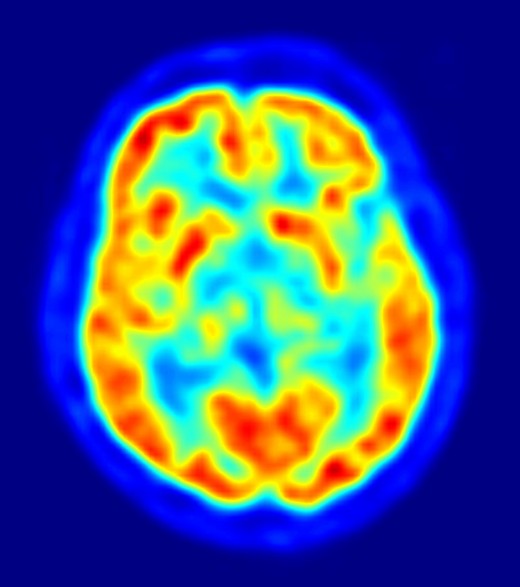
Epilepsy: Prognosis
There is no known cure for epilepsy. Seizures can be controlled with diet, medication, special devices, surgery, or natural self-care. Most seizures don’t commonly cause brain damage, unless they are left uncontrolled. Emotional and behavioral problems may occur, especially in children where embarrassment, bullying, and other frustrations are involved.
Prolonged seizures can cause sudden or unexplained death in epilepsy. It can be a life-threatening condition, especially when the person is subjected to prolonged seizures.
More research is being done in regard to epilepsy and its underlying causes. Ongoing research for treatment methods and options is also a high priority in the medical research venue.

